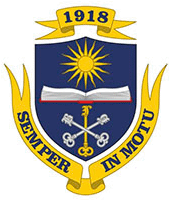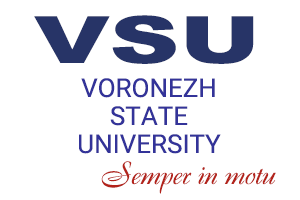A group of scientists from the Department of Electronics of the Faculty of Physics of Voronezh State University headed by Anatoliy Bobreshov is working on a unique and promising project that involves using ultrashort (10–12 seconds) impulse signals in radiolocation.
The scope of application of the physicists' innovative developments is quite wide. They can be used to create radiolocation systems that enable the detection of people and biological objects behind non-transparent obstacles (searching for people during disasters and destruction) as well as radiolocating various subsurface media and surface of discontinuity (geodesic studies, ice, tarmac thickness). Moreover, the radar can be set to produce the output signal equivalent to the heartbeat or breathing rate (electrocardiogram) of a person at a distance, which means a better and more rapid electrocardiogram analysis.
'At the moment the broadband radiolocation is one of the most developed scientific and technological areas. It can be explained by a number of factors: the high penetrating ability of ultrabroadband signals enables functioning of the communication systems under severe conditions, they also have high interference resistance and security,' explained Nikolay Lysenko, a VSU master's student of the Faculty of Physics and the project executive.
Major state defence plants could be among the consumers of the researched methods and the developed modules for ultrabroadband radiolocation applications.
'We have already designed an ultrabroadband interference resistant radiostation that can provide stable communication under severe radio conditions. It should be mentioned that the developments in the field are quite new and that is why the products have no competition in the Russian market. At the moment we work on our projects together with such organisations as OAO Concern Sozvezdie, OOO NanoImpuls, OAO Vega,' said Nikolay Lysenko.






